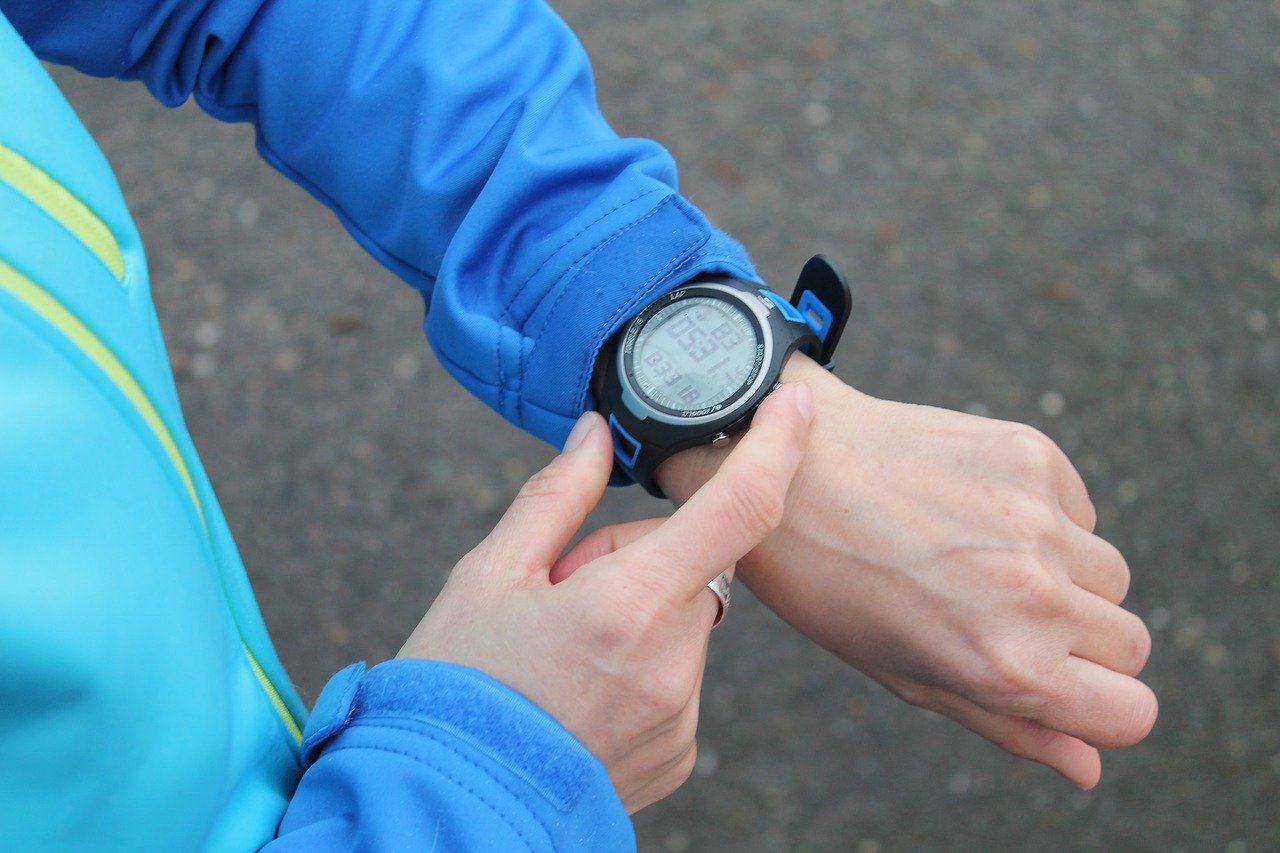CrossFit is a complex science. It requires an entire scientific understanding of human physiology and the physiological influences that exercise has on the body. The focus on specific training methods stems directly from the need to understand this further. The goal of CrossFit is to optimize human performance and to focus on specific exercise techniques (specific movement patterns) that optimize and provide enough stimulus to sustain long-term stress and blood pressure patterns.
It provides the right stimulus at the right time to sustain the physiological changes that occur during sports. These stimuli come from repetitive movements and activation of different muscle groups, working through different tension settings, and adding in different exercises, which are some of the reasons that CrossFit is so difficult. When all is said and done, CrossFit allows you to maximise physical conditioning and muscular endurance, keeping track of key performance indicators the way seasoned CrossFit athletes do, with a WOD Timer.
Why WOD timers are important
One of the easiest ways to assess an athlete’s performance is to assess their mileage per day. This is the number of miles of physical activity or continuous activity that an athlete did throughout the entire training week. Let’s take a CrossFit athlete’s mileage per day as an example. When a CrossFit athlete completes 5 sets of 50-meter sprints (think 100-meter dash), they are performing 7 miles of continual movement and exercise that day.
Taking this into account, and using the typical mileage for a CrossFit workout, we can say that these athletes are performing 10.5 miles of exercise each day. Now, we need to take it a step further and remember that these athletes are training twice a day. The good news is that the mileage that an athlete can achieve in one workout (if they perform 5-8 exercises) can translate into 10.5 miles total (5+8). The combination of intensity and volume can work together, leading to an overall successful and effective training plan.
As you can see, measuring miles per day allows us to understand how many miles of continuous activity an athlete has performed. Doing so helps us to look at their physiological efficiency. Does an athlete have low cardiac rates? Are their heart rates low? How often do they need to be breathing? Most importantly, do they feel good?
Not a runner? What about distance runners?
Just like distance runners have specific mechanics to perform a marathon, cross-training athletes use a different set of movements and physical techniques to cover different distances and increase their overall mileage. Distance runners engage in slow, smooth movements for long distances to not wear out their leg muscles and nervous system.
Cross-training athletes engage in fast, explosive movements for short distances to increase their overall efficiency. As you can see, the distance runners and cross-training athletes use entirely different methods of training, and their training environments are also different. Running in your neighbourhood does not translate to running on the CrossFit box, and pushing yourself to push further does not mean pushing yourself further on the track. When you are trying to increase mileage, you need to look at how far you can push yourself, and whether you can hold on for another set. These things come with experience. There will be times that you feel like you cannot keep pushing, but remember that all is temporary.



